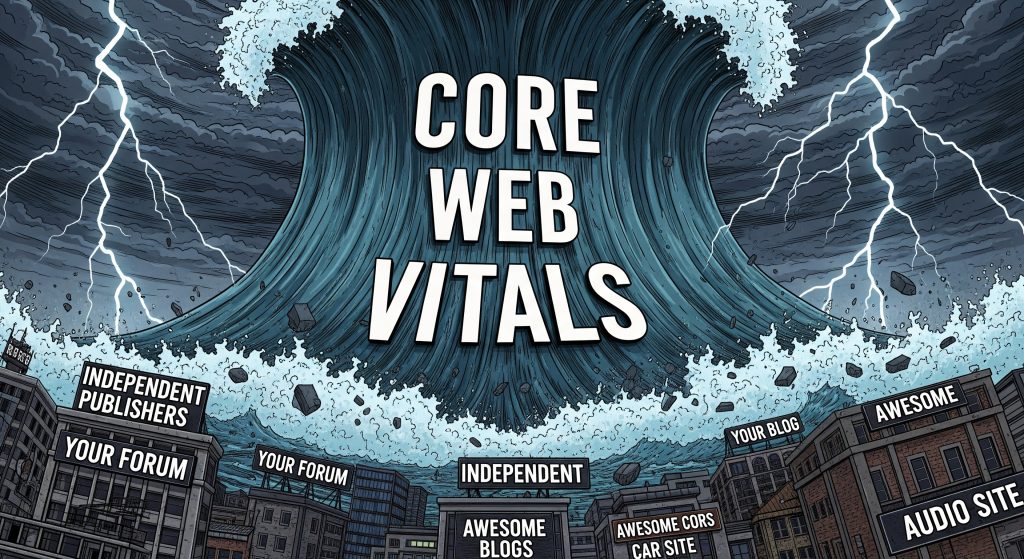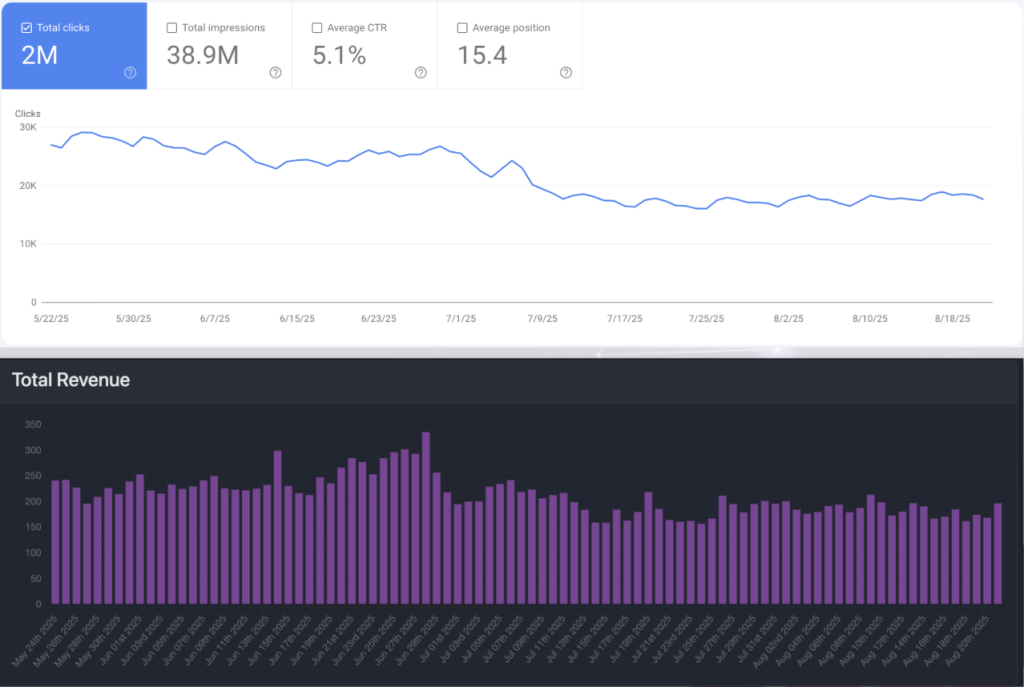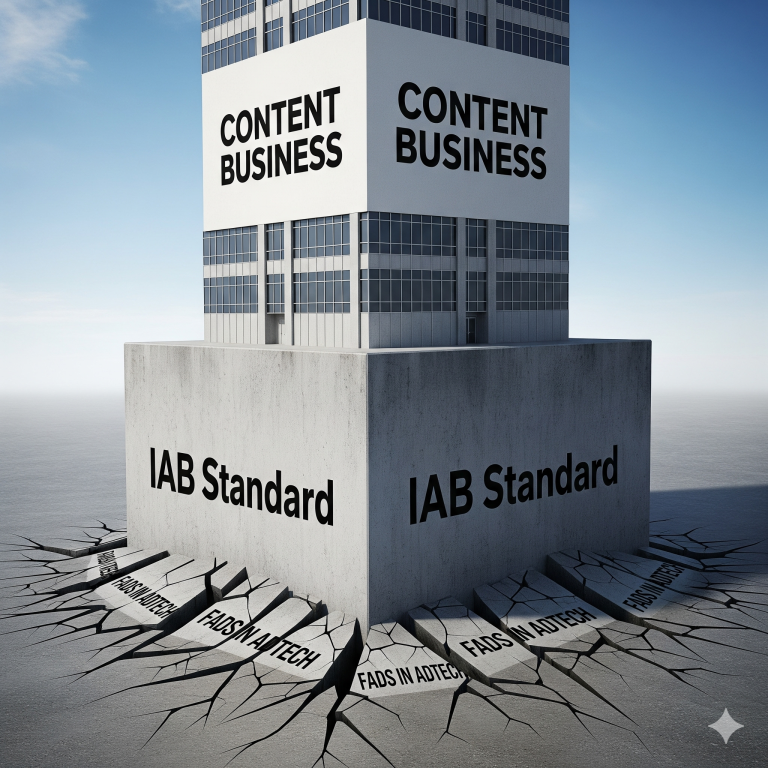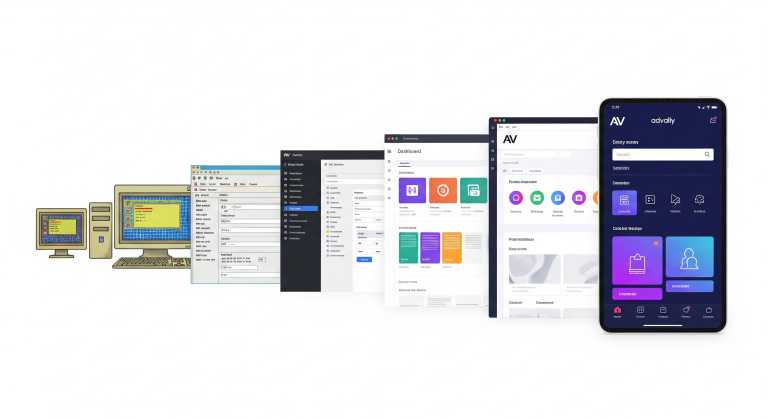How Core Web Vitals Became Central to Search Rankings
Google’s Helpful Content Update in 2023 first exposed a painful truth for publishers: visitor experience metrics are now revenue metrics. In 2025, that reality has hardened. Core Web Vitals — Cumulative Layout Shift (CLS), Interaction to Next Paint (INP), and Largest Contentful Paint (LCP) — have become the silent killers of search visibility, draining traffic […]

August 25th, 2025
Google’s Helpful Content Update in 2023 first exposed a painful truth for publishers: visitor experience metrics are now revenue metrics. In 2025, that reality has hardened. Core Web Vitals — Cumulative Layout Shift (CLS), Interaction to Next Paint (INP), and Largest Contentful Paint (LCP) — have become the silent killers of search visibility, draining traffic and ad dollars from sites that ignore them. Ignoring these metrics can result in a significant google penalty for websites. Moreover, the risk of a google penalty increases as these metrics become more crucial.
Understanding the Risk of a Google Penalty
Understanding the implications of a google penalty is essential for every website owner. A site that fails to comply with Core Web Vitals may not only suffer from reduced traffic but also face a potential google penalty that could hinder its growth.
These factors contribute to the risk of a google penalty, making it imperative to focus on improving user experience.
Failure to address these issues could lead to a substantial google penalty, affecting visibility in search results.
Google’s algorithm updates since 2023 have steadily prioritized usability signals. Initially, the focus was on layout stability (CLS). But by mid-2024, Google expanded enforcement to include INP (measuring responsiveness to user input) and LCP (tracking how quickly the most important visual content renders).
By monitoring these metrics, you can mitigate the chance of incurring a google penalty.
In 2025, all three metrics are weighted heavily in search rankings. That means even if your content is “helpful,” your site can be suppressed if users struggle with visual shifts, sluggish input response, or slow loading of main content.
It Measures what Your Users Experienced
Be aware that neglecting Core Web Vitals can lead to a detrimental google penalty that impacts revenue.
It is critical to understand that Core Web Vitals are measured by the browser on what happened to an actual visitor to a specific page on your website.
When you look through Search Console and see “Improvement Needed” on something like INP – It means that users were recorded experiencing delays in their inputs over the last 30 days.
Google uses the CrUX Data, which is a database of performance metrics gathered by the Chrome browser. Sites that have had worse performance are ranked lower than ones who have had good ones.
This is measuring your actual users, it is not some sort of made up measurement.
The Impact on Ad-Driven Sites
Publishers who generate revenue through Advertising are particularly exposed:
- CLS: Poor ad placement and late-loading creatives cause pages to jump, frustrating users.
- INP: Scripts from ad tags and trackers can delay responsiveness, making taps and clicks feel broken.
- LCP: Heavy ad code and oversized hero units can push core content far down the load order.
This situation exemplifies the potential consequences of a google penalty on overall site performance.
This is all completely normal for Advertising, so you will be much closer to the limits than sites which do not use ads to Monetize. The closer you are to limits, the less room you will have for other inefficient items.
Advally controls all CWV metrics coming from advertising, but even still CMS platforms which are out of date or other widgets used on page can push you over the limit.
What happens? Google Search Traffic and your Daily Revenue will collapse.
This is exactly what it looks like, and represents the total revenue from this site:

If your site suffers from poor performance, the risk of a google penalty becomes more pronounced.
Addressing these factors is crucial in avoiding a google penalty that could drastically reduce user engagement.
Why Google Cares About This
Ultimately, implementing best practices will help evade a google penalty while enhancing user satisfaction.
Google’s business depends on users trusting its results. If searchers land on pages that shift, lag, or load slowly, they blame Google as much as the site itself. Many of your users will not have the latest technology. Slow, old devices, terrible internet connections, limited Mobile Data – Foreign, Low Income, Rural, Small town, Younger or older users all have lower end devices. These people use TikTok, Facebook, Instagram and many other platforms which control the user experience. They expect Google results on their mobile to match that experience, even if they are on a 3G connection using an iPhone from 2015.
Publishers sometimes assume Google is pushing them to diversify revenue streams. The simpler explanation: Google makes most of its money from ads and needs the entire web ad ecosystem to deliver a smoother experience to keep users searching and clicking.
Mitigating the Effects of Poor Core Web Vitals
If your traffic dipped in 2025, chances are your Core Web Vitals are the culprit. Here’s how to fight back:
- Audit your vitals regularly with PageSpeed Insights and Google Search Console.
- Stabilize layouts by reserving ad space with fixed dimensions to prevent CLS jumps.
- Improve responsiveness (INP) by reducing third-party scripts and deferring non-critical JavaScript.
- Accelerate LCP with compressed images, faster servers, and prioritizing visible content.
- Test across devices — many publishers pass on desktop but fail on mobile.
- Upgrade your technology – If you are using an outdated CMS or outdated code it will need to be updated.
The Bottom Line
In 2023, publishers learned that ignoring CLS could cost half their traffic. In 2025, the stakes are higher: CLS, INP, and LCP together can cripple even the strongest editorial brands.
A strategic approach can prevent a google penalty from affecting your site’s performance and profitability.
In summary, knowing how to improve Core Web Vitals is key to avoiding a google penalty and ensuring long-term success.
Treat Core Web Vitals not as SEO chores, but as direct revenue levers. Every shift, every delayed input, and every slow render is money lost. People will not see your site if you do not pass these tests.
Related Blogs

What “IAB Standard Banners” Look Like on a Modern Website
August 27th, 2025 by Doug Bishop
In the evolving landscape of digital publishing, display advertising remains a vital revenue stream. However, the way ads are presented and filled has transformed over the past decade. It is essential for publishers to grasp the significance of iab standard banners, recognize their presence on websites, and understand their impact on monthly earnings. The Basics: […]
Read More
Google Search Console Tutorial: Checking for CWV Errors
August 26th, 2025 by Doug Bishop
As a website owner, keeping an eye on your site’s performance is crucial for both user experience and search engine optimization (SEO). Google’s Core Web Vitals (CWV) are an important set of metrics that measure real-world user experience for loading performance, interactivity, and visual stability. CWV errors can negatively impact your search rankings, so it’s […]
Read More
Why Upgrading your CMS is the Best way to Increase Advertising Revenue.
August 26th, 2025 by Doug Bishop
Old CMS platforms can be responsible for 40% or more loss in monthly revenue for advertising-supported content properties.
Read More